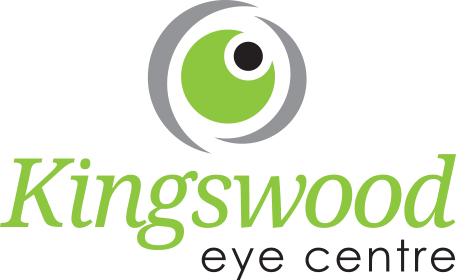What to know about Cataracts
Cataracts develops slowly in the eye and is one of the main causes of vision impairment in the world. It is a normal age-related clouding of the lens and occurs usually in both eyes; however, it can also develop in younger people. Age-related cataract develops slowly with no symptoms over many years. People usually notice symptoms when most of the lens is affected. Common symptoms can include:
- Blurred vision: The lens becomes frosted over time and blocks the light resulting in blurred vision
- Sensitive to glare: The clouded lens scatters light and you may notice being sensitive to glare
- Colour fading: Colours become faded as the lens becomes yellow and hardens
- Double vision: Sometimes double vision can occur because the cloudy lens scatters light
- Halos around light sources and poor night vision is also very common
There are different types of cataracts the most common are nuclear, posterior subcapsular and cortical cataracts. The severity of symptoms will depend on which type of cataract you have. In general symptoms worsen over time regardless which type it is. Advanced cataract can include difficulty watching TV or recognising faces and can lead to blindness if left untreated. It is recommended to have your vision checked if you notice any symptoms.
All our Ophthalmologists are able to treat cataracts. This includes a minimally-invasive day surgery procedure in hospital usually under a local anaesthetic.


Please contact us to speak to our friendly receptionist for further information or to book an appointment.

